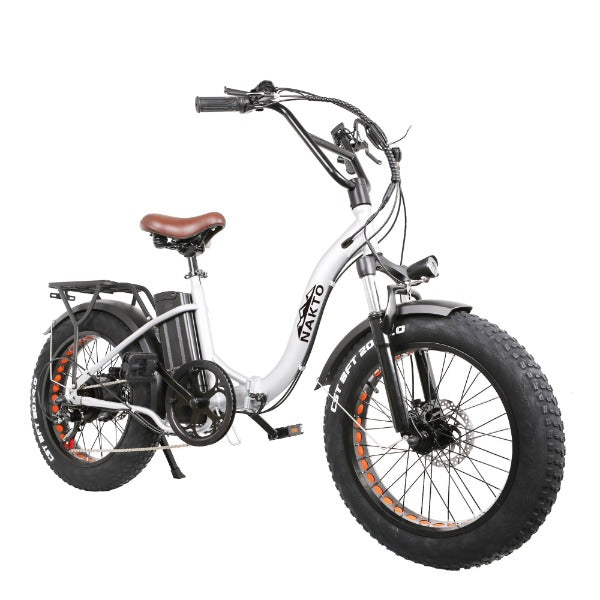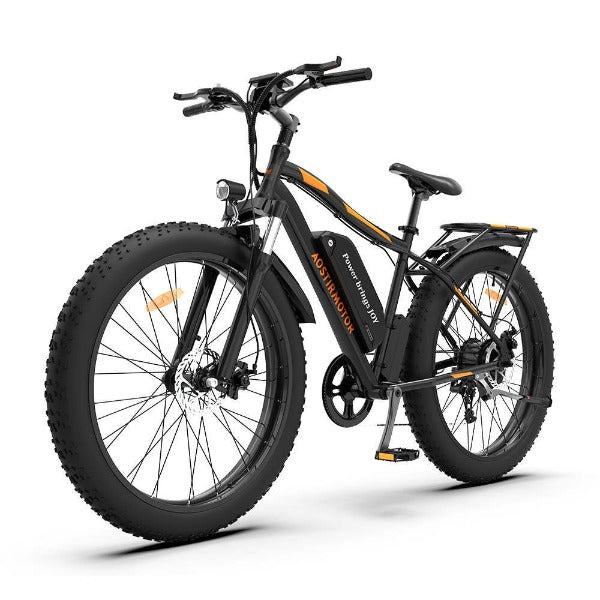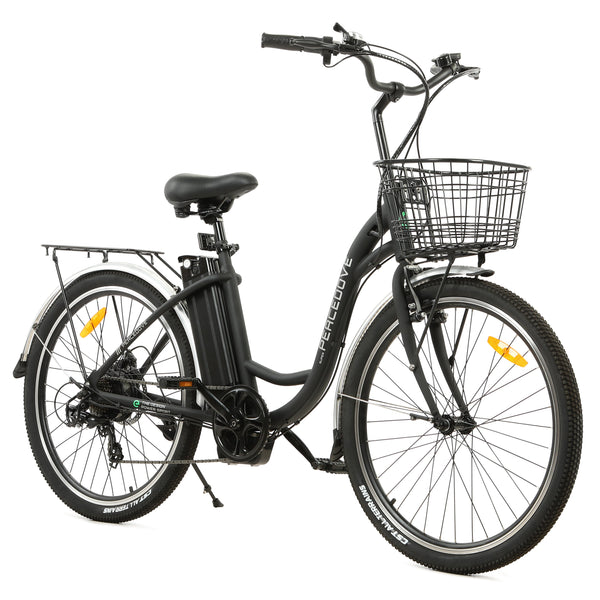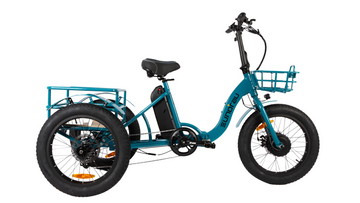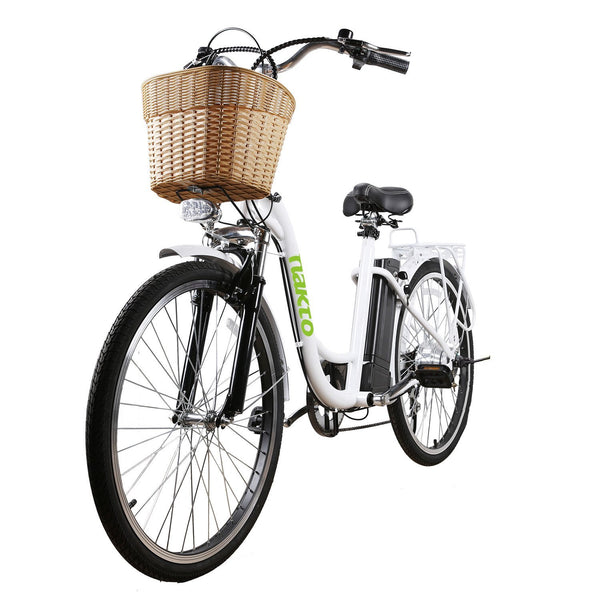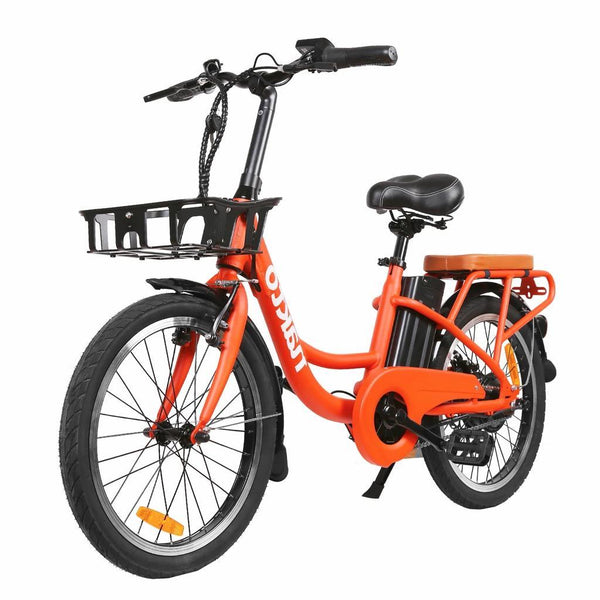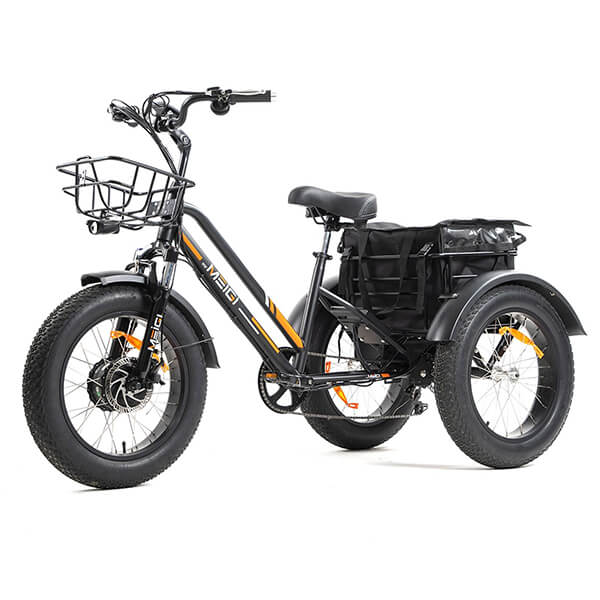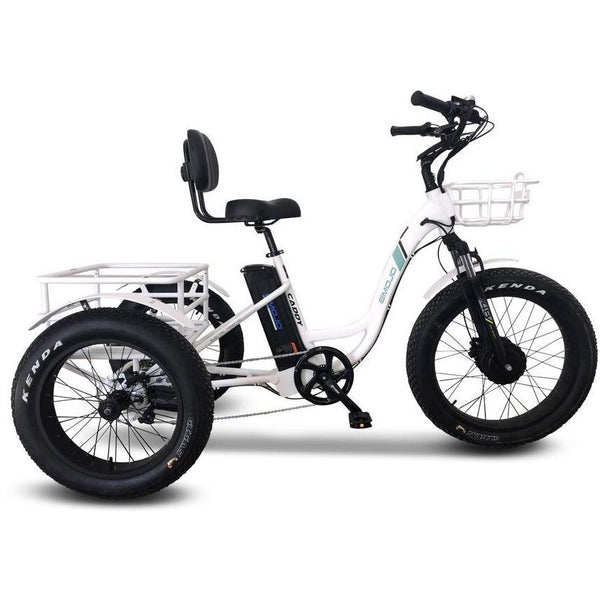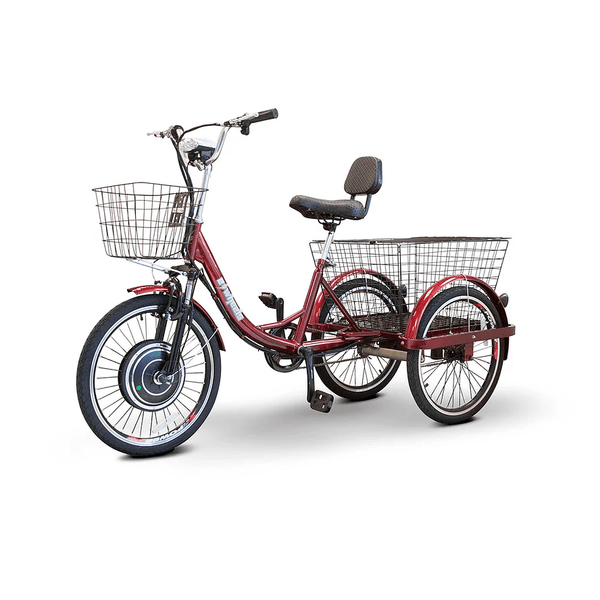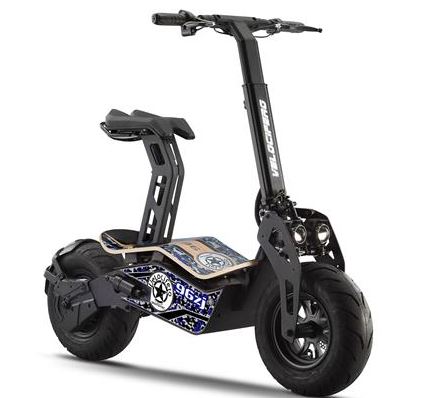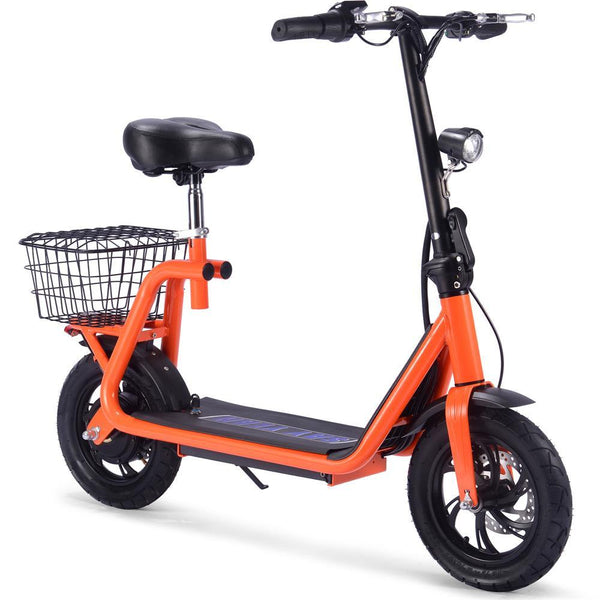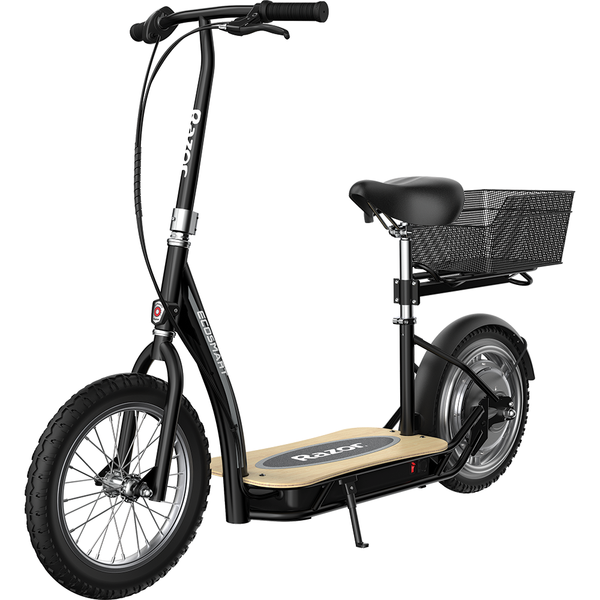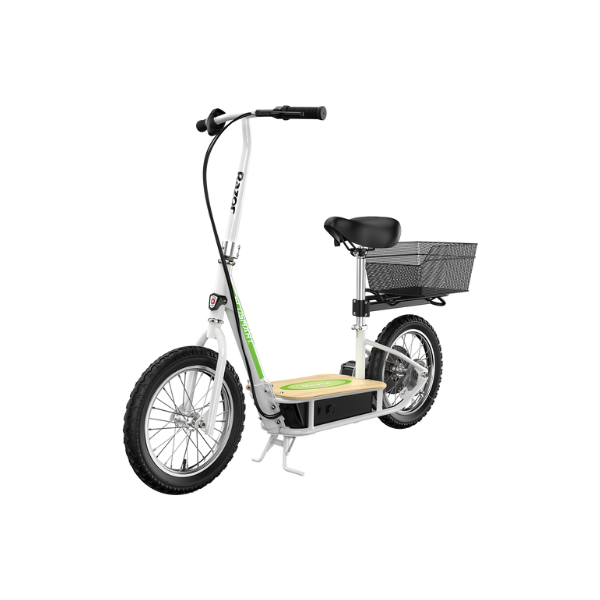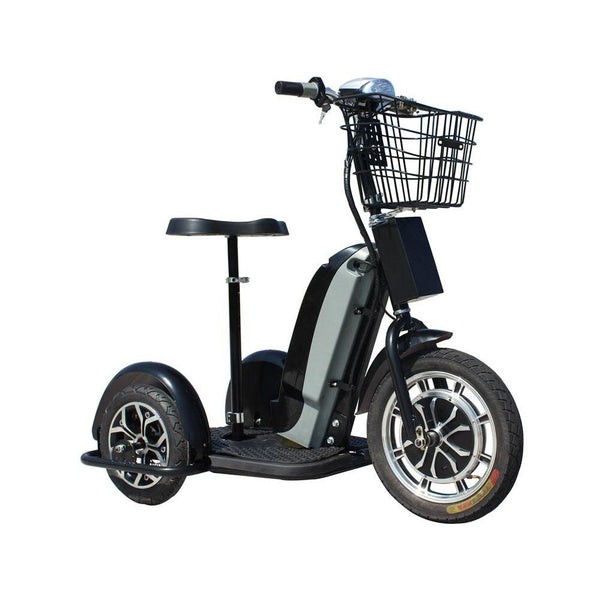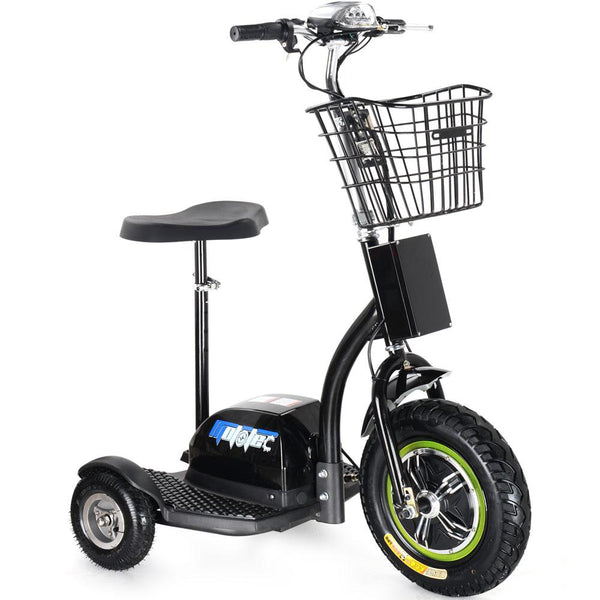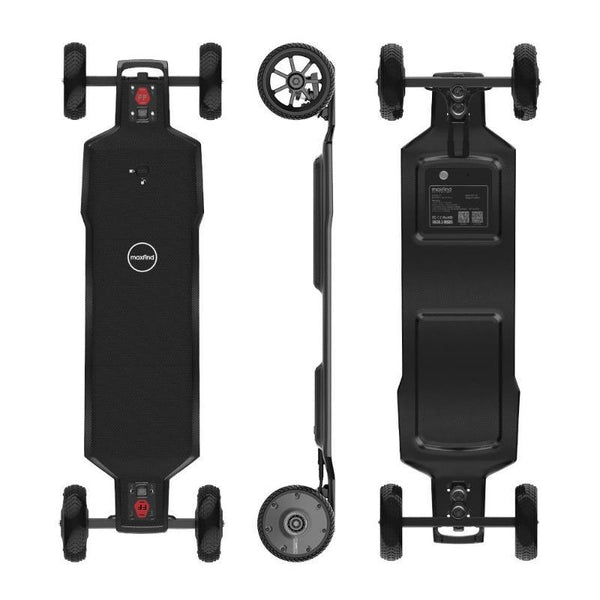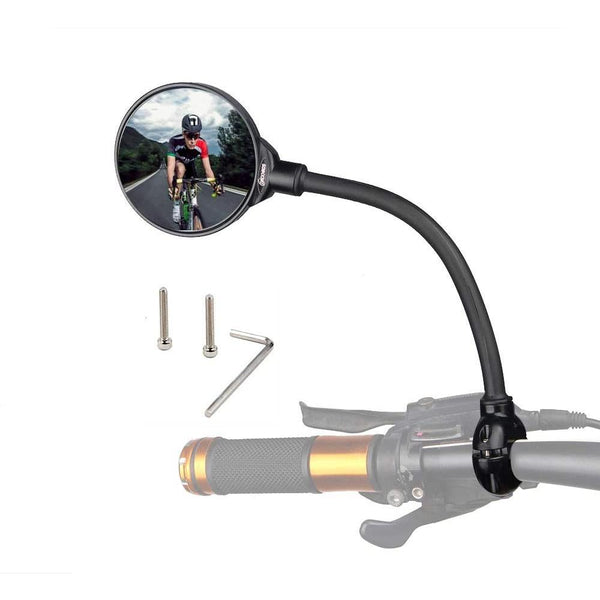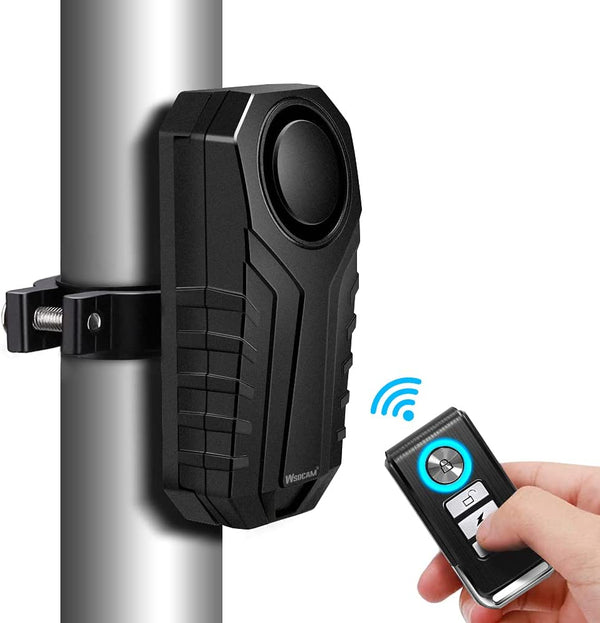Get to know all the factors affecting the price
Getting to work or just running a simple errand a few blocks away can really be burdensome especially with all the traffic and pollution everywhere.
Transportation is one of the major contributors to air pollution. In fact, in 2013, more than half of the Carbon Monoxide and Nitrogen Oxides (both harmful gases) present in the air came from the combustion of fossil fuels in modern cars. With these alarming environmental and transportation problems arising, the production of a more viable and eco-friendly mode of transportation through the use of electricity has become a major priority.
Electric-powered vehicles are considered to be a game changing development in the world of transportation. Not only do they offer the same convenience as the modern cars but they also give you the confidence and freedom to go as far as you want without having to worry about the size of the carbon footprint you’re going to make.
An electric vehicle derives all or part of its power from electricity that can come from renewable energy resources such as solar or wind. Today, a wide variety of electric vehicles are available in the market, from electric buses, electric cars, to the most revolutionary ones - the electric bikes.
Without a doubt, we all want to contribute to helping the environment while still enjoying all the pleasures in life. Switching to zero-emission vehicles like electric bikes that run on clean energy is one of the easiest ways to be friendlier to the environment. However, there are some things that need to be considered when using an electric bike.
Many people think that buying and maintaining an electric bike is too expensive for one’s daily commute. To tell you the truth, electric bikes are generally kinda, sort of, a little pricey. Aside from the price itself of the e-bike, maintaining it will also cost additional bucks.
Compared to regular bikes, e-bikes include additional special components such as the electric motor, battery, and the display and control system. These three elements mainly determine the price of an electric bike. And among the three, the battery is often the heaviest and most expensive part. Now you might be wondering why such a small rectangular box can be that costly? But don’t worry because we’ll explain to you bit by bit why e-bike batteries are so expensive.
The Battery
In 1800, the first true battery was invented by Alessandro Volta using stacked discs of copper and zinc separated by cloth soaked in salty water. This arrangement was called voltaic pile and was the first to produce steady, lasting current.
Almost a hundred years later in 1898, only then that the first commercially available dry cell battery was sold in the United States. At present, many types of batteries are made readily available in our market like Nickel-cadmium, Lead-acid, and the fastest growing battery system, the Lithium-ion.
The beginning of Lithium-Ion batteries can be dated back in the 1970’s, when British chemist M. Stanley Whittingham proposed to create an energy-storage device using lithium cells. For so long, experts have tried perfecting the lithium battery to become more portable and long lasting.
And today, as mentioned, Lithium-ion is the fastest growing rechargeable battery system in the world because of its many applications especially in the electronics industry. Li-ion batteries provide lightweight, high energy power sources for a lot of portable electronics and electric vehicles.
This type of rechargeable battery is used in smartphones, laptop computers, and tablets, and is the same as the ones being used in most electric bikes today. As compact and powerful as it may seem, however, Li-ion batteries are quite expensive, which is why electric bikes in general are a bit pricey because of their batteries. There are many factors affecting the cost of a particular Li-ion battery and it’s important to know each of them to be able to understand more where the price is coming from.
The cost of an e-bike battery
The battery is considered to be one of the most critical parts of an electric bike, without it you won’t be able to maximize the features of your e-bike. And frankly speaking, an e-bike battery can cost you a lot.
Almost, if not all electric bikes nowadays make use of Lithium-ion batteries. Why not? They are lighter, more compact, and have higher energy density compared to its close battery kinds like Lead-acid batteries. Although a few electric bikes still make use of Lead-acid batteries, it is not the preferred type of battery because of its heaviness and enormous size that may result in poor and inefficient e-bike experience, thus using Li-ion batteries for electric vehicles like electric bikes is the best option for now.
Lithium-ion batteries are priced mainly in terms of their capacity. The battery or power capacity represents the maximum amount of energy that can be extracted from the battery. It is a measure of the charge stored by the battery and is typically expressed in watt-hour. Lithium is a highly reactive element, it means that a lot of energy can be stored in its atomic bonds. This indicates that Li-ion batteries have high energy density, meaning this type of battery can store a great amount of energy in a small amount of mass. This is mainly the reason why Li-ion batteries are perfect for our modern electronic needs, because of its huge capacity to store energy, you won’t always have to be connected to a charging cord to be able to enjoy the benefits of your electronic devices. Same goes for electric bikes, a typical e-bike Li-ion battery allows you to travel as far as 40 miles in just one full charge. That’s more than what you need for your daily ride!
All types of batteries have their own life span measured by the number of charge cycles or cycle counts they can undergo before they are completely discharged. E-bike batteries, for that matter, can go several hundred charge cycles again, depending on the type of battery used.
Since we’re already talking about Lithium-ion batteries as the most common type of batteries used in electric bikes, we might as well dig deeper into their life expectancy. There are many factors that affect the life of a battery aside from the 3-5 years life span that the manufacturer has told you.
How long does an e-bike battery last is also a question of how you treat it. Besides the quality of your e-bike battery, the way you treat it plays a significant role in its life span. So make sure to store it in a cold and dry place, do not leave it near a heat source, and never expose it to extreme temperatures. A typical Li-ion e-bike battery may hold up to 1000 cycles. That’s equivalent to at least 3 years of usage before the battery becomes less efficient.
Using your e-bike frequently will normally exhaust its battery and will soon need a replacement. The quality and brand also play a large role in the price of an e-bike battery. Expensive does not always mean good and it does not imply that it’s going to last longer. That is why choosing a reputable battery brand for your electric bike can be a huge factor in your battery’s cost and life expectancy because not all expensive batteries are excellent quality. Also make sure that the battery replacement you’re going to buy is compatible with your electric bike. To give you options, here are some of our top quality e-bike batteries:

Featured product: Revi Bikes 48V 13Ah Lithium Battery For Rebel EBikes

Featured product: Rambo Bikes 21Ah Spare Electric Bike Battery
Taking care of your e-bike battery
It is not new to us that taking care of our stuff makes their life spans longer. The same goes for e-bike batteries. The more you take care of it, the longer it can last. So here are some do’s and don'ts for you to keep in mind when taking care of your e-bike batteries:
DO’s
- Store your e-bike battery in a cold and dry place
- Cleaning it with a damp cloth is enough
- Let your e-bike battery cool down before charging it
- Always use the original adapter and charger specifically designed for your e-bike battery
- Always try charging it to 100%
DON”Ts
- Do not leave the battery near a heat source
- Do not expose it to extreme temperatures
- Never completely drain the battery
- Never submerge it in water when cleaning
Summary
The most commonly used type of battery used in e-bikes nowadays is the Lithium-ion. Even though Li-ion batteries are already lighter and more powerful than its predecessor, Lead-acid batteries, development and innovation do not necessarily stop.
In no time, a more powerful yet more affordable battery will take over the market and it’s going to make electric bikes lighter and more accessible to the majority.
Choosing electric vehicles as your main transportation mode can go a long way in preserving the environment. But truth be told, helping save the environment also has its own cost. Having a cost-efficient, reliable electric vehicle can be a little pricey, but it’s nothing compared to the benefits it has to offer.
Electric bikes are indeed the future of transportation. Have you tried browsing our collections? Here are the Best Electric Bikes of 2021!





